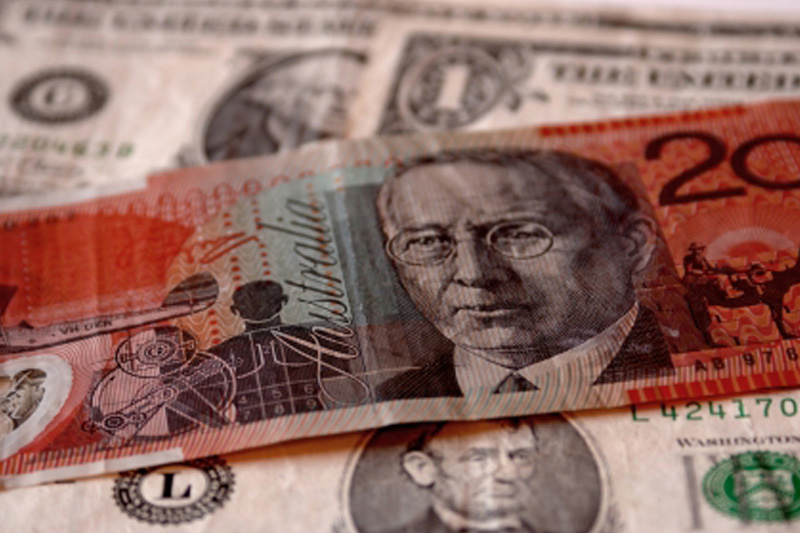Street Calls of the Week
Investing.com-- Most Asian currencies and the dollar moved little on Wednesday as traders waited to see whether a tenuous U.S.-brokered ceasefire between Israel and Iran will hold.
The Australian dollar also tread water, even as softer-than-expected consumer inflation data furthered expectations of more interest rate cuts by the Reserve Bank.
Regional currencies clocked some gains this week, while the dollar retreated after U.S. President Donald Trump announced a ceasefire between Israel and Iran on Monday evening.
The dollar was also pressured by growing bets that the Federal Reserve will cut interest rates, even as Chair Powell dismissed such a possibility. Trump also reiterated his calls for lower rates on Tuesday.
Among Asian units, the Japanese yen’s USDJPY pair fell 0.1%, while the Chinese yuan’s USDCNY pair was flat.
The South Korean won’s USDKRW pair rose 0.3%, while the Singapore dollar’s USDSGD pair was flat.
The Indian rupee’s USDINR also traded sideways.
Australian dollar flat; CPI falls sharply in May
The Australian dollar’s AUDUSD pair moved little on Wednesday, even as data showed CPI inflation grew much less than expected in May. The currency stalled after two days of advancing on improving risk appetite.
Headline CPI inflation fell to a seven-month low, while underlying inflation as represented by annual trimmed mean inflation slid to an over three-year low.
Wednesday’s print showed a sustained downturn in Australian inflation, which in turn gives the RBA more headroom to keep cutting interest rates. The central bank has flagged a largely data-driven approach to further monetary easing.
Wednesday’s CPI print also comes just a week after substantially weaker-than-expected Australian employment data signaled a cooling labor market.
The RBA cut rates by a cumulative 50 basis points so far in 2025.
Dollar rangebound with M.East truce, Fed rates in focus
The dollar index and dollar index futures fell marginally in Asian trade on Wednesday, but were nursing sharp overnight losses.
While the greenback had initially benefited from increased safe haven demand, following weekend U.S. strikes against Iran, this trend was largely reversed by Trump’s announcement of the ceasefire.
While Trump did chide Iran and Israel for violating the truce just hours into its taking effect, the Middle Eastern countries appeared to have wound down their aerial strikes against each other by Wednesday morning.
Focus was now squarely on whether the ceasefire will hold.
On the monetary policy front, the dollar was pressured by some bets that the Fed could cut interest rates in July, although the broader consensus still remained on a hold, CME Fedwatch showed.
Chair Jerome Powell downplayed the possibility of rate cuts being imminent during a testimony before Congress on Tuesday, even as President Trump continued to lambast the Fed Chair and call for immediate interest rate cuts. Powell said inflationary risks posed by Trump’s trade tariffs were the biggest point of contention for the Fed.
Trump on Tuesday claimed U.S. rates should be at least two to three points lower.
